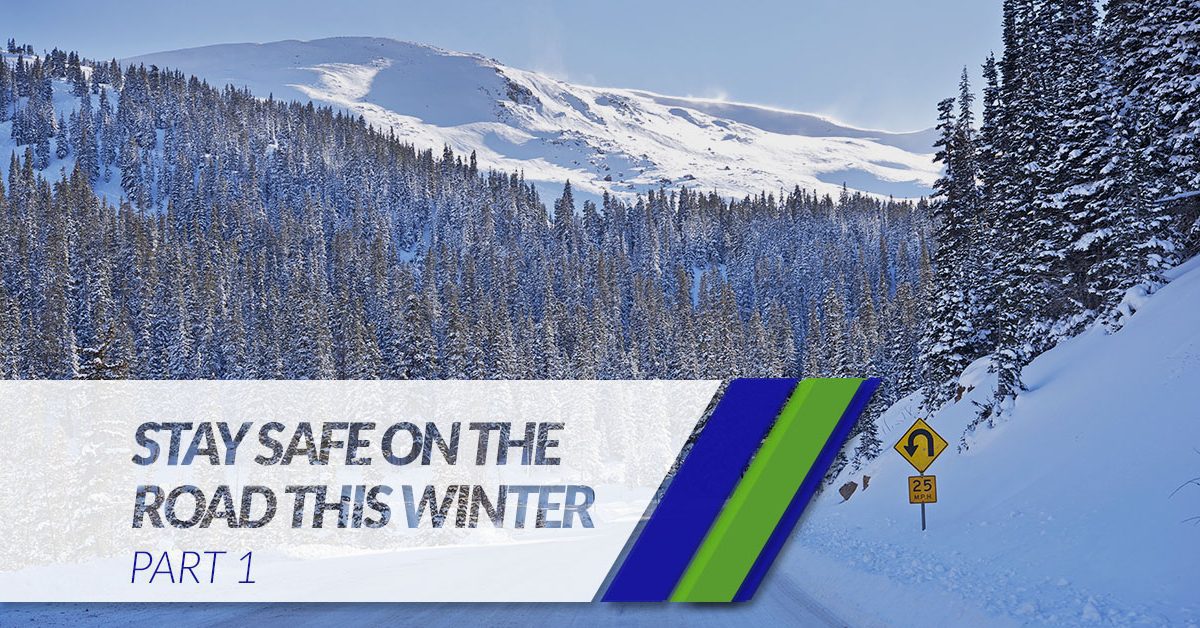Well, winter has hit Colorado, and it’s going to be here a while. We have been known to get major snow storms in May! Snow or not, life has to go on. Here are some of our tips for keeping safe as you keep functioning through the weather.
Stay Safe on the Road This Winter
Take it slow.
- If you want to stay in control on snowy or icy roads, you have to go slowly. Whether you’re turning, stopping, or accelerating, make sure you take your time. Remember that posted speed limits are calibrated for optimum conditions (dry roads, full visibility, daylight). If the conditions aren’t optimal, you should be going slower than the speed limit.
- One of the most common mistakes drivers make is underestimating how long it takes to come to a stop. Give yourself extra space when it’s time to stop. When it comes to accelerating, do so slowly to ensure your tires maintain traction. If you’re on a bridge or overpass, remember that they freeze before other roadways do, and you’ll need to use extra care. Basically, you shouldn’t rush when the roadways are icy or snowy.
Do your best to keep rolling.
- The key to maintaining control in winter driving is going smoothly and slowly. If you can, don’t come to a full stop on snow or ice. First of all, a stop can mean sliding forward. And trying to get moving again can cause more complications. If you can, slow down before a traffic signal so that you can cruise through the intersection. Lastly, if you’re headed uphill, build up some momentum ahead of time so you don’t have to push too hard on the gas pedal. Applying the gas on a snowy hill can spin your wheels out.

Look at your exhaust pipe.
- When snow and ice build up on your vehicle, the exhaust pipe can get clogged. It can also happen when you’re digging your vehicle out of a snowdrift or ditch. Always remember that any obstruction of your exhaust pipe can result in your vehicle’s passenger compartment filling up with carbon monoxide. This is an odorless, colorless gas that can be deadly, so keep your exhaust pipe clear!
Be familiar with your brakes.
- Depending on the conditions, getting your vehicle to stop in the winter can be pretty dicey. You’ll do better if you know what kind of brakes you have and how they work. If you have an older vehicle, it may have a traditional brake system that will lock your brakes and require you to pump the brake pedal in order to keep the wheels turning and regain control. However, if you have a modern car, you’ll have antilock brakes that will pulse the brakes for you.
- No matter what kind of brakes you have, you need to make sure that you’re maintaining a large following distance that gives your brakes time to do their job. Your vehicle will always react more slowly in the snow, and you need to give it time.
Turn to Metric Motors
We are here to provide the car repair you need. Contact us in Loveland today!




